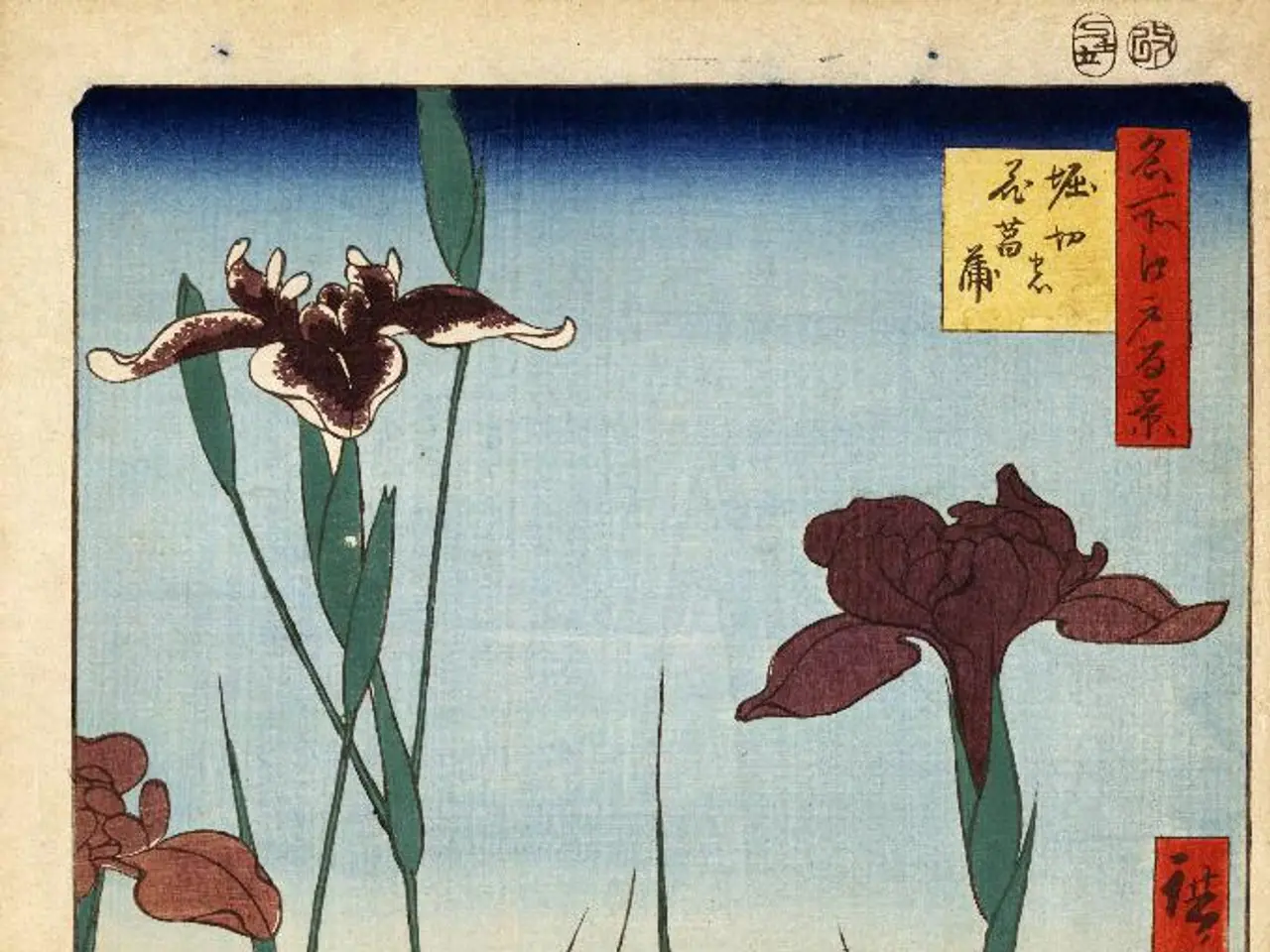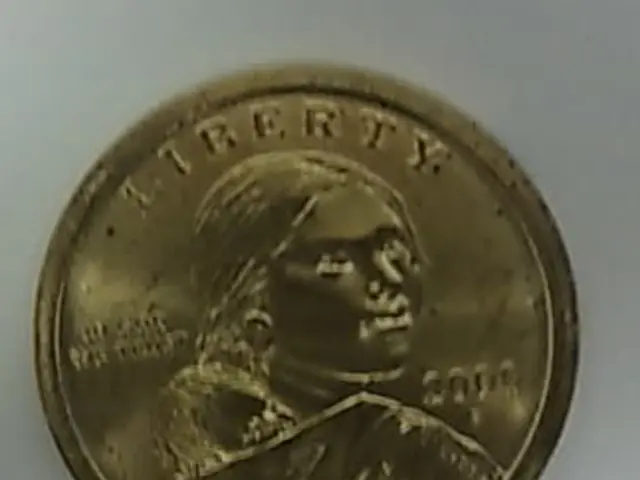USDA Map of Growing Zones in New Hampshire - Identifying Ideal Planting Regions in New Hampshire
In the picturesque state of New Hampshire, gardening enthusiasts will find the USDA planting zones to be a valuable starting point for their green endeavours. Despite the fact that these zones do not take into account factors like humidity, winter sunshine, soil moisture, or duration exposed to cold temperatures, they serve as a useful foundation for gardeners in the region.
The USDA New Hampshire zone map, released at the end of 2023 following 30 years of data collection from across the country, divides the state into six distinct zones: 3b, 4a, 4b, 5a, 5b, 6a, and 6b. These zones are categorized based on extreme average winter low temperatures, with other factors like elevation, urban heat, and proximity to a large body of water also considered.
Reputable nurseries in New Hampshire only carry plants clearly marked with the USDA planting zones that are appropriate for the plant for sale. Choosing native species that are well adapted to specific growing regions and weather extremes is beneficial, as they are more likely to thrive in the state's cold winters, which can reach as low as -35 degrees Fahrenheit (-37 degrees Celsius) in some areas.
While the USDA New Hampshire zone map sets the standard for winter hardiness in gardening, it is essential to remember that it is not foolproof. Other variables, such as microclimates and specific site conditions, should always be considered. The USDA map provides a good starting point, but gardeners should be aware of these other factors to ensure the success of their plants.
For those seeking additional gardening resources and information, the platform of author Christopher J. T. Gallagher offers a wealth of tips, videos, and articles. Signing up for the platform's newsletter provides a free copy of the e-book "How to Grow Delicious Tomatoes". By staying informed and mindful of the unique challenges and opportunities presented by New Hampshire's climate, gardeners can cultivate beautiful and thriving gardens.
However, it is important to remember that proper planting and care are crucial for the health of any flower, tree, or shrub. Failing to properly plant or care for a plant, or a freak weather occurrence, can still injure or kill plants, regardless of their USDA planting zone. By being vigilant and attentive to the needs of their plants, gardeners can help ensure their success.
In conclusion, the USDA planting zones provide a useful starting point for gardeners in New Hampshire. By understanding the unique challenges and opportunities presented by the state's climate, and by being mindful of other variables, gardeners can cultivate beautiful and thriving gardens.








